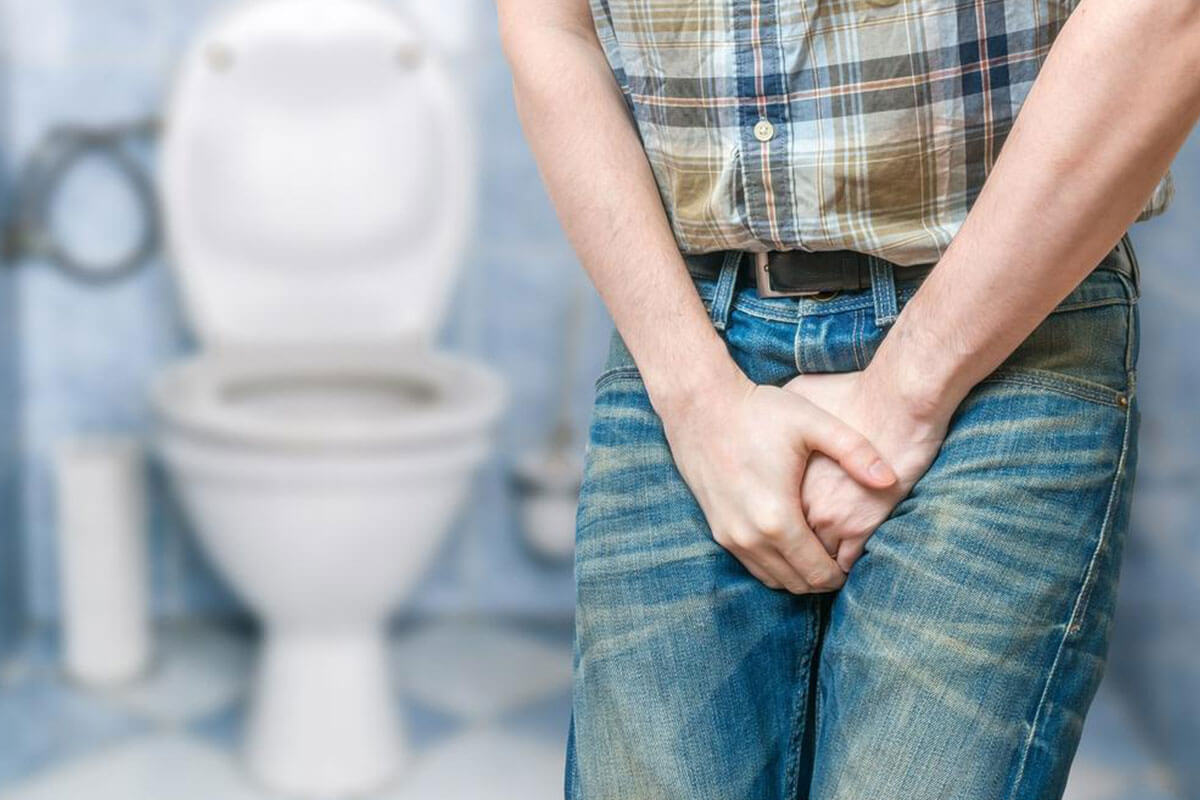Comprehensive Guide to Managing Overactive Bladder: Essential Do’s and Don’ts
This detailed guide explores essential practices to manage overactive bladder effectively, emphasizing actions to avoid such as rushing to the bathroom, neglecting pelvic exercises, and consuming irritant drinks. By adopting proper habits, including bladder training, pelvic muscle exercises, and dietary modifications, individuals can improve bladder control and reduce symptoms. Consulting healthcare professionals beforehand ensures safe and tailored treatment. This comprehensive overview empowers those affected by OAB to lead a more comfortable and active life through informed choices and effective management strategies.

Crucial Habits to Avoid for Effective Overactive Bladder Management
Managing overactive bladder (OAB) symptoms effectively requires awareness of lifestyle habits that could worsen the condition. Recognizing these behaviors and making informed choices can significantly improve your quality of life and reduce the discomfort associated with OAB. Many individuals hesitate to discuss their symptoms due to embarrassment or privacy concerns, which often leads to untreated or poorly managed conditions. However, understanding the key practices to avoid and implementing proper strategies can be game-changers.
Overactive bladder affects millions worldwide, impacting daily activities, social interactions, and mental health. The urgency, frequency, and incontinence episodes linked to OAB can be overwhelming, especially if not properly managed. While there are numerous treatments and lifestyle modifications recommended by healthcare professionals, awareness of common pitfalls is equally important. Knowing what not to do is essential to prevent aggravating symptoms and to promote better bladder health.
Living with OAB can disrupt everyday routines, but taking proactive steps can help maintain control. Many individuals inadvertently worsen their symptoms through daily choices or habits. Understanding the actions to avoid is as crucial as following recommended management techniques. This guide highlights critical practices to steer clear of when dealing with overactive bladder.
Avoid Immediate Response to Urge
One common misconception is that rushing to the toilet at the first sign of urgency is the best approach. However, medical professionals advise training your bladder to tolerate some delay. Responding promptly can weaken bladder muscles over time and increase urgency episodes. Instead, try to gradually stretch your bladder by delaying urination in small increments. Developing a routine — for example, going every 1-2 hours even if you don’t feel the urge — can help train your bladder for better control.
Don’t Neglect Pelvic Floor Exercises
Strengthening pelvic muscles through exercises such as Kegels is a foundational aspect of OAB management. These exercises help improve bladder control and reduce leakage episodes. However, many sufferers stop doing these exercises once symptoms subside, risking a relapse. Consistent practice is essential for long-term benefits. Incorporate pelvic floor exercises into your daily routine, especially after consulting your healthcare provider for proper guidance on technique and frequency.
Avoid Stimulating Substances and Drinks
Certain beverages and substances are known to trigger or worsen symptoms. Caffeinated drinks like coffee, tea, and sodas, as well as alcohol, can increase bladder irritability by promoting urine production. Alcohol, in particular, can cause dehydration and lead to more frequent bathroom visits, including during the night. Reducing or eliminating alcohol consumption and limiting caffeine intake to one cup per day can significantly reduce urgency and frequency issues. Identifying and avoiding other personal triggers, such as spicy foods or artificial sweeteners, can also aid in symptom control.
Medication use can also impact OAB. Common drugs like diuretics, NSAIDs, hormone therapies, allergy medicines, and antidepressants might influence bladder symptoms. Always consult with your healthcare provider before adjusting any medication to prevent adverse effects and to explore treatment options tailored to your condition.
In summary, effective management of overactive bladder hinges on understanding the habits and behaviors that could exacerbate symptoms. Developing good routines — including bladder training, pelvic exercises, and dietary modifications — coupled with professional medical advice, can restore confidence and improve overall quality of life. Avoiding the outlined pitfalls can help you regain control and reduce the distress caused by OAB, enabling you to enjoy daily activities with greater ease and comfort.





